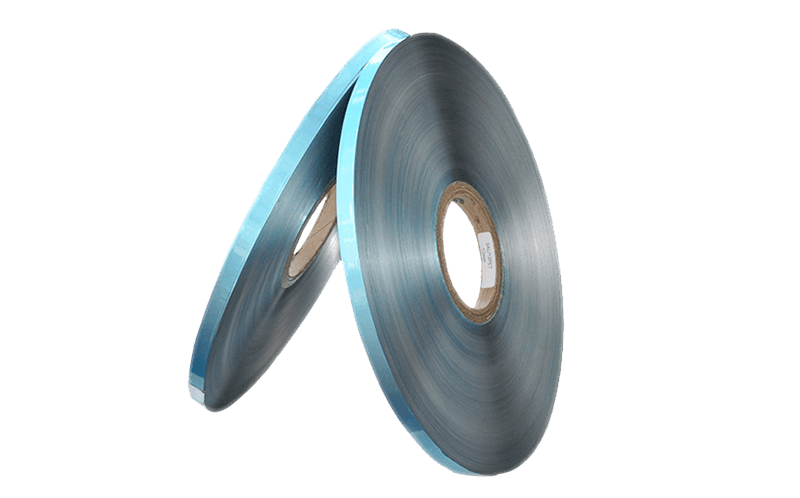Duct tape as it’s known in the movie business is a clo […]
Duct tape as it’s known in the movie business is a cloth backed, rubber-adhesive tape. It flexible duct tape originally came to the US during World War II when the military stocked up on this miraculous tape for emergency repairs on the battlefield. The product is incredibly strong, which makes it a great binding agent.Unfortunately, strength isn’t a necessary characteristic when it comes to sealing ductwork. Instead, the best tape for heating ducts must be able to withstand extreme temperature fluctuations.The process involved alternating between 54-degree cooled air and 167-degree heated air every five minutes for three months to mimic the changes seen from summer to winter.
Of the 19 sealants tested, duct tapes were the only products that failed. The extreme temperature changes degraded the adhesive, causing the tape to fail within days.The whole purpose of sealing ductwork is to cut back on air leaks notorious for raising your energy bills. If you use duct tape on ducts, the savings will last only briefly. Once the tape fails, it no longer seals ductwork leaks and you lose heated and cooled air through these holes.Mastic is a gooey material applied with a disposable paintbrush or putty knife.
Larger gaps in ductwork joints should first be covered with fiberglass mesh tape and painted over with duct mastic.This is the best tape for heating ducts. It uses a large amount of acrylic or butyl adhesive to resist drying out and becoming brittle. The metal foil backing also withstands temperature changes without shrinking and failing the way cloth-backed duct tape does. With foil-backed tape, excellent duct sealing is possible without the messiness of mastic.
Developed at Berkeley Lab’s Environmental Energy Technologies Division, aerosol sealant is a sticky vinyl polymer. When pumped through the ducts, it automatically seeks out leaks, spans the hole, and dries, permanently sealing the leak in the process. The Berkeley lab tested this sealant for much longer, changing ambient air pressure and temperature every 20 minutes for two years, with no noticeable change in duct tightness.



